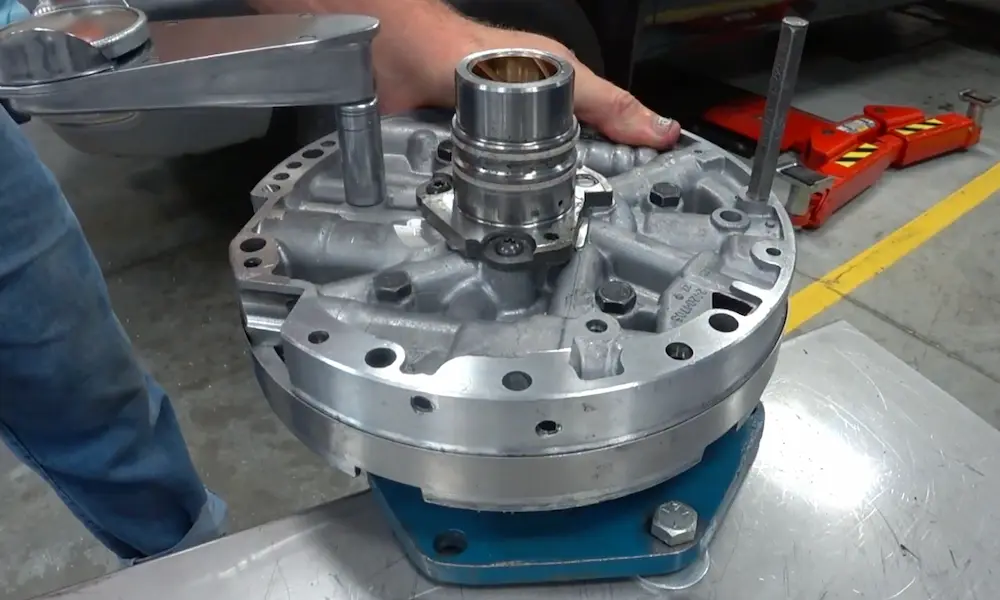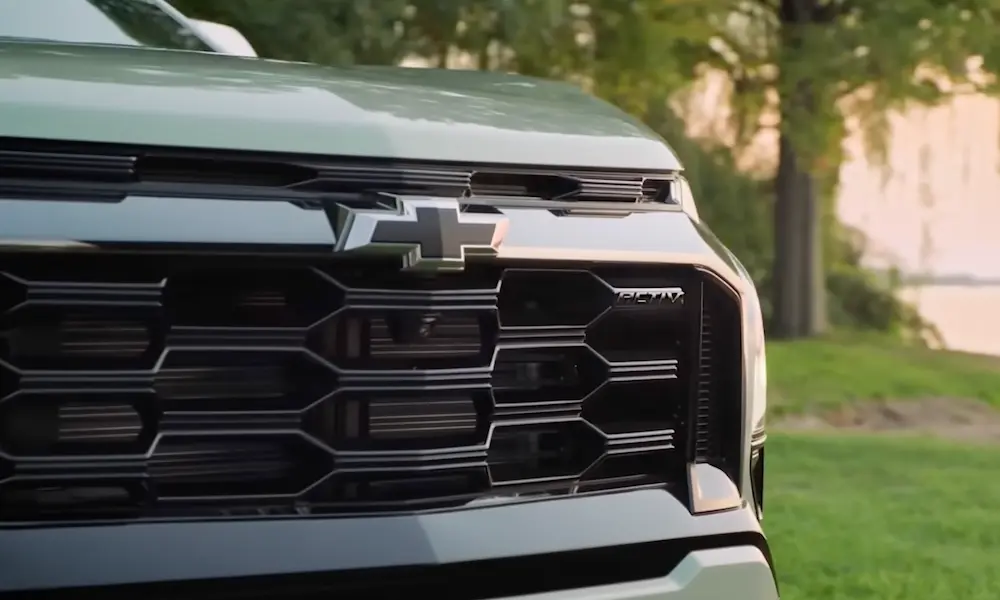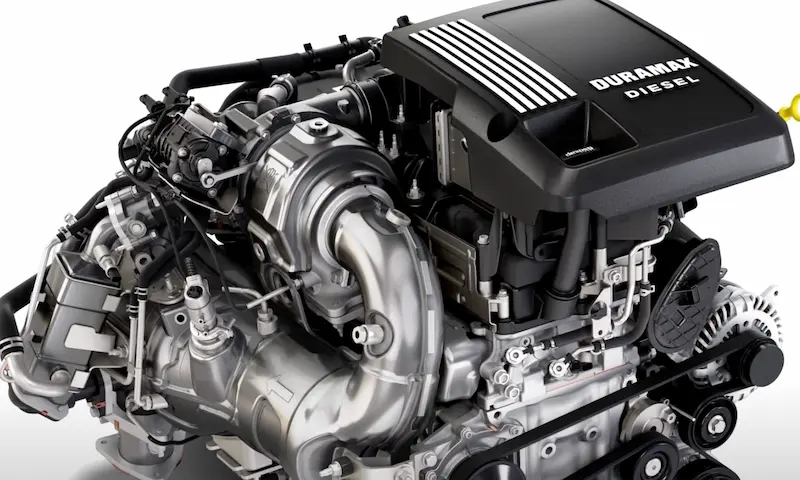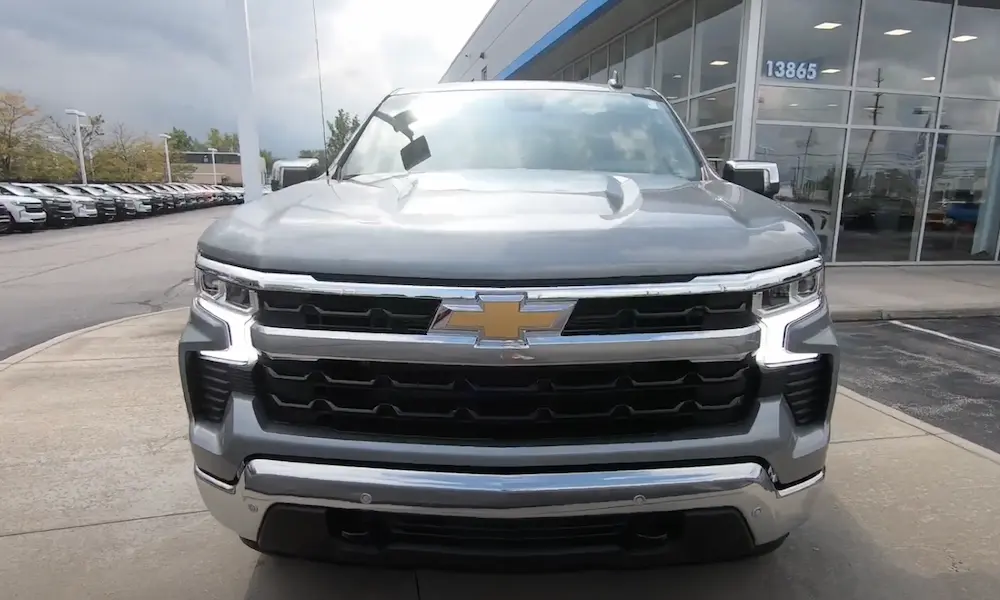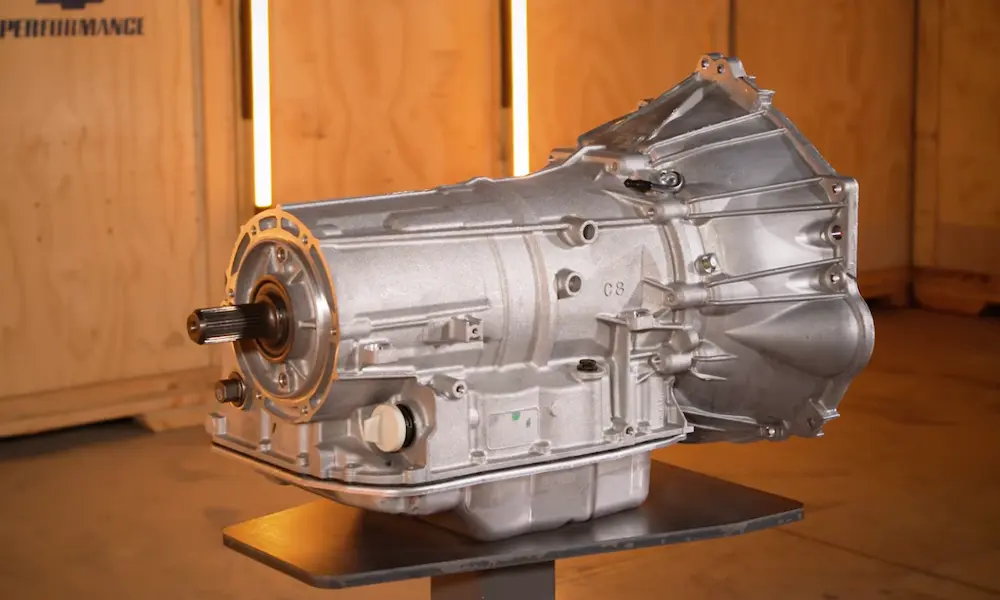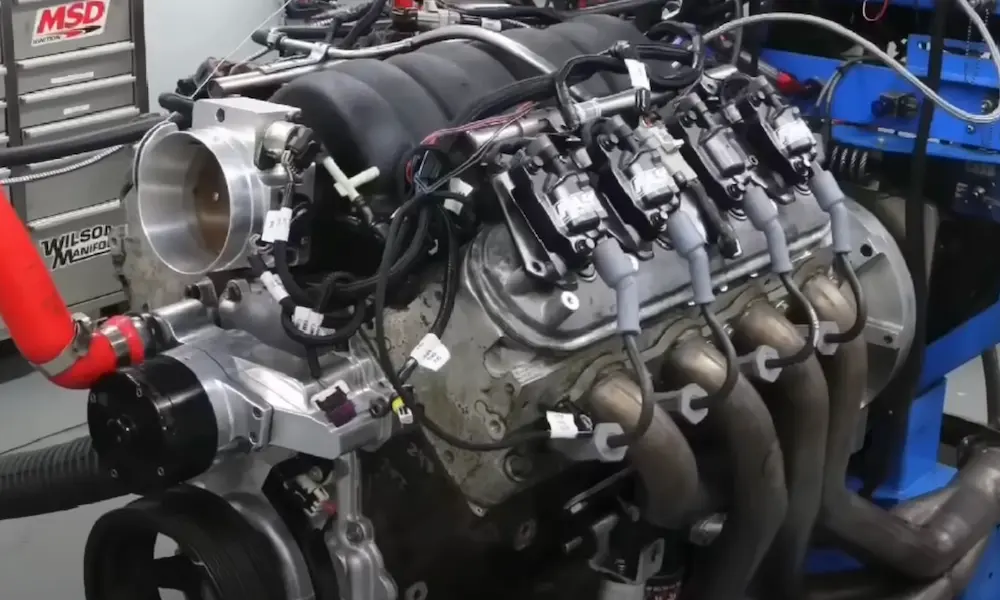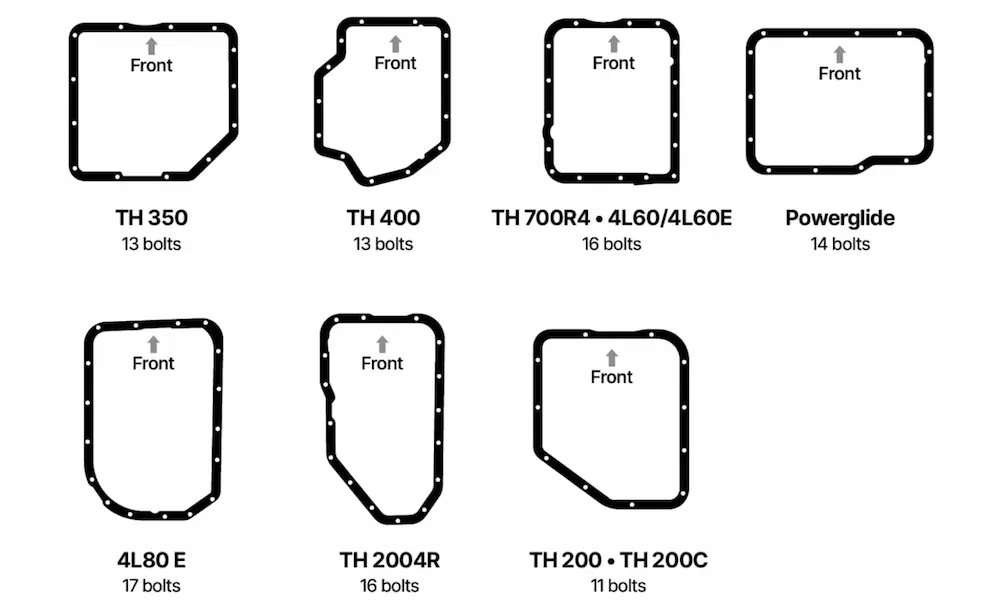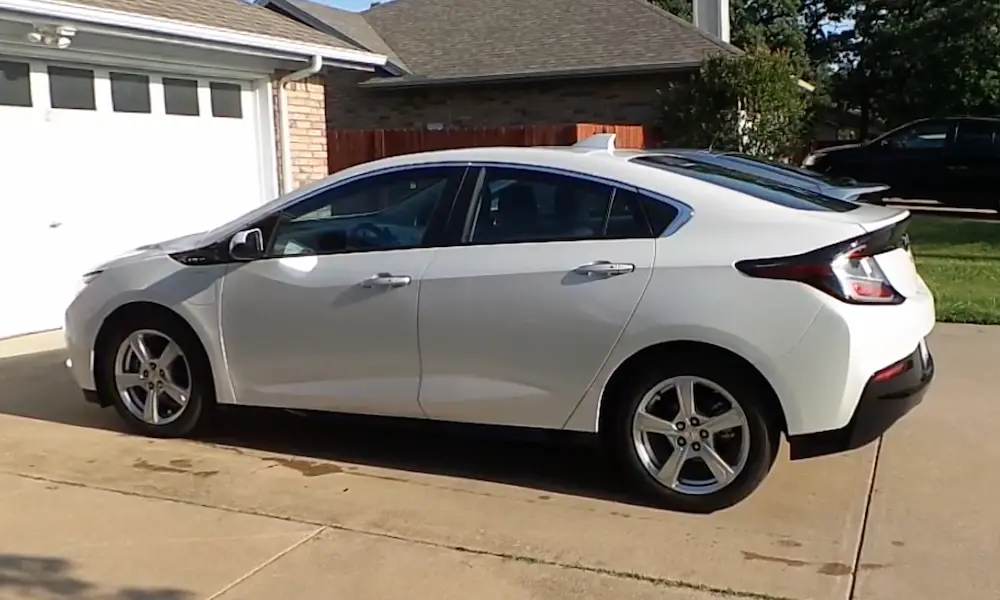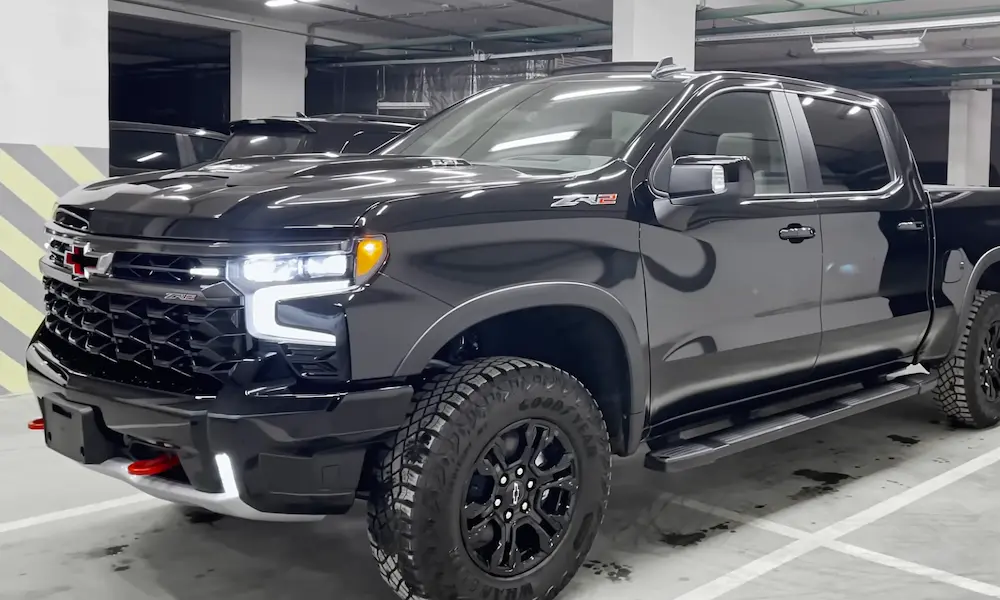Ever wondered what’s actually protected when your Chevy’s engine makes that strange noise? Chevy’s powertrain warranty is your safety net for major mechanical failures, but knowing exactly what’s covered can save you thousands in unexpected repair costs. This guide breaks down everything you need to know about Chevy’s powertrain protection—from basic coverage to the fine print that dealers might not emphasize.
Chevy Powertrain Warranty Basics
Chevrolet stands behind their vehicles with a powertrain warranty that covers 5 years or 60,000 miles (whichever comes first) for most models. This warranty begins on your vehicle’s in-service date and transfers automatically to new owners if you sell your vehicle.
Unlike the bumper-to-bumper warranty that covers almost everything for a shorter period, the powertrain warranty specifically protects the mechanical heart of your vehicle—the components that generate and deliver power to your wheels.
What makes Chevy’s warranty noteworthy is that some models receive enhanced coverage. For instance, Silverado 2500/3500 HD trucks equipped with the Duramax 6.6L Turbo-Diesel V8 engines get extended protection of 5 years or 100,000 miles. Government and commercial fleet vehicles can also qualify for this extended 100,000-mile threshold under certain conditions.
Engine Components Covered
The engine is usually the most expensive component to repair, which is why understanding your coverage is crucial. Chevy’s warranty includes:
- Cylinder blocks and heads
- All internal lubricated parts
- Timing chains, gears, and belts (typically covered only until the first scheduled replacement)
- Oil pumps and water pumps
- Turbochargers and superchargers, including turbines and compressors
- Engine mounts
- Engine/powertrain control module and calibrations
It’s worth noting that electrical components integral to engine operation, such as Active Fuel Management valve lifters and turbocharger actuators, fall under this coverage. Diesel engines receive additional protection for emissions reduction systems, including exhaust particulate filters and NOx sensors.
Transmission and Transfer Case Coverage
Your Chevy’s transmission is another expensive component that’s protected under the powertrain warranty. Coverage includes:
- All internally lubricated parts
- Torque converter
- Case, housing, and all internal parts
- Transfer case and all internal parts (for AWD/4WD vehicles)
- Seals and gaskets specific to these assemblies
- Transmission control module and calibrations
It’s important to understand what’s not covered: external cooling lines, clutch assemblies for manual transmissions, and damage from abuse or improper fluid maintenance.
Drive System Protection
The drive system transmits power from your transmission to the wheels. Chevrolet covers:
- Front and rear drive axles
- Axle shafts and bearings
- CV joints and universal joints
- Propeller shafts
- Differential cases and all internal parts
- Wheel bearings (when part of the drive axle)
- Locking hubs
For front-wheel drive vehicles, this includes the transaxle and all internal parts. For rear-wheel and four-wheel drive vehicles, this includes the transfer case and all internal parts, axle housings, and propeller shafts.
Special Coverage for Hybrids and EVs
Chevrolet’s hybrid and electric vehicles receive enhanced warranty protection:
- Hybrid propulsion systems, including battery packs and electric drive motors, come with 8-year/100,000-mile coverage
- Key EV components like the battery modules, control modules, and charging systems
- Thermal management systems specific to electric components
This extended coverage reflects both federal requirements and Chevrolet’s confidence in their electric technology, making these vehicles potentially more cost-effective over the long term.
What’s Not Covered Under Powertrain Warranty
Knowing what’s excluded is just as important as knowing what’s covered. Here’s what your Chevy powertrain warranty doesn’t protect:
- Sensors and wiring harnesses: Engine coolant temperature sensors, oxygen sensors, and transmission speed sensors
- Fuel system components: In-tank pumps, fuel rails, injectors, and return lines
- External cooling systems: Radiators, hoses, and heater cores
- Starter motors and alternators
- Clutch parts in manual transmissions
- Damage from accidents or collisions
- Damage from improper maintenance or neglect
- Normal wear items like brake pads and rotors
- Modifications that contribute to component failure
A common example of what’s not covered: if you fail to change your oil regularly and your engine seizes, Chevrolet can deny your warranty claim since the damage resulted from neglect rather than a manufacturing defect.
Maintenance Requirements to Keep Your Warranty Valid
To maintain your powertrain warranty coverage, you must follow Chevrolet’s recommended maintenance schedule:
- Regular oil changes using the recommended oil type and viscosity
- Scheduled maintenance for transmission fluid, coolant, and other vital fluids
- Timing belt inspections and replacement at specified intervals
- Addressing fluid leaks promptly
You don’t need to have maintenance performed at the dealership to keep your warranty valid (thanks to the Magnuson-Moss Warranty Act), but you do need to keep records proving you’ve maintained the vehicle properly.
Heavy-Duty Trucks and Commercial Vehicles
Chevrolet offers enhanced powertrain warranty protection for certain vehicles:
| Vehicle Type | Powertrain Warranty | Key Components Covered |
|---|---|---|
| Standard Chevy Models | 5 years/60,000 miles | Engine, transmission, drive system |
| Silverado HD with Duramax Diesel | 5 years/100,000 miles | Engine, transmission, drive system plus diesel components |
| Commercial Fleet Vehicles | Up to 5 years/100,000 miles | Varies by specific agreement |
This extended coverage for heavy-duty trucks acknowledges their typically higher purchase price and the more demanding conditions they often operate under. The Duramax diesel engine warranty in particular gives owners additional peace of mind for these workhorses.
Extended Warranty Options
When your factory powertrain warranty approaches its end, Chevrolet offers extended service plans:
| Plan Level | Coverage Scope | Term Options | Features |
|---|---|---|---|
| Powertrain | Engine, transmission, drive systems | Up to 5y/60k miles | Basic critical system protection |
| Silver | Adds brakes, HVAC, electrical systems | Various options | Balanced protection |
| Platinum | 1,500+ components | Up to 8y/100k miles | Comprehensive coverage with roadside assistance |
The Platinum protection plan offers the most comprehensive coverage and can be especially valuable for long-term owners. These plans also typically include benefits like towing coverage, rental car reimbursement, and trip interruption protection.
Benefits of Powertrain Warranty Coverage
The financial protections offered by Chevy’s powertrain warranty include:
- Parts and labor costs for covered repairs at Chevrolet-certified facilities
- Towing service to the nearest dealership for warranty claims
- Rental vehicles during extended repairs (up to 10 days under extended plans)
- Peace of mind knowing major mechanical systems are protected
These benefits can save you thousands of dollars if a major component fails. For instance, a complete transmission replacement can cost $3,000-$7,000 without warranty coverage, while an engine rebuild might run $5,000-$10,000.
How to Use Your Powertrain Warranty
When you suspect a powertrain issue, follow these steps:
- Document the problem (sounds, vibrations, warning lights)
- Contact your Chevrolet dealership immediately
- Bring your vehicle in for diagnosis
- Provide maintenance records if requested
- Get authorization for the warranty repair
The dealership’s service department will determine if the issue is covered under warranty. If approved, repairs will be performed at no cost to you. If the claim is denied, request a detailed explanation and consider appealing to Chevrolet customer service if you believe the denial was incorrect.
Transferring Your Warranty
One of the advantages of Chevrolet’s powertrain warranty is that it automatically transfers to subsequent owners at no cost. This feature:
- Enhances your vehicle’s resale value
- Provides peace of mind for used car buyers
- Requires no paperwork or transfer fees
If you’re buying a used Chevy that’s still under the original powertrain warranty, you can verify the remaining coverage by providing the Vehicle Identification Number (VIN) to any Chevrolet dealership.
Comparing Chevy’s Warranty to Competitors
How does Chevy’s powertrain warranty stack up against competitors?
| Manufacturer | Standard Powertrain Coverage | Hybrid/EV Components |
|---|---|---|
| Chevrolet | 5 years/60,000 miles | 8 years/100,000 miles |
| Ford | 5 years/60,000 miles | 8 years/100,000 miles |
| Toyota | 5 years/60,000 miles | 10 years/150,000 miles (hybrid battery) |
| Hyundai | 10 years/100,000 miles | 10 years/100,000 miles |
| Kia | 10 years/100,000 miles | 10 years/100,000 miles |
While Chevy’s standard coverage matches Ford’s, it falls short of the lengthy warranties offered by Hyundai and Kia. However, Chevy’s commercial vehicle coverage and specific Duramax diesel protections are competitive advantages in those segments.
Real-World Coverage Examples
To illustrate what’s typically covered, here are some real examples:
- A 3-year-old Silverado with a failed transmission bearing: Covered
- A Malibu with an engine knock due to a manufacturing defect: Covered
- A Colorado with a damaged transfer case from normal use: Covered
- An Equinox with engine failure due to missed oil changes: Not covered
- A Camaro with modified engine tune causing overheating damage: Not covered
These examples show how the warranty covers defects in materials and workmanship but not damage from neglect, misuse, or modifications.
Maximizing Your Powertrain Warranty Value
To get the most from your Chevy powertrain warranty:
- Follow all recommended maintenance schedules
- Address warning lights and unusual sounds promptly
- Use only approved fluids and parts
- Document all service, even DIY maintenance
- Understand what’s covered before a problem occurs
- Submit warranty claims before coverage expires
Being proactive about maintenance not only preserves your warranty coverage but also reduces the likelihood you’ll need to use it in the first place.


